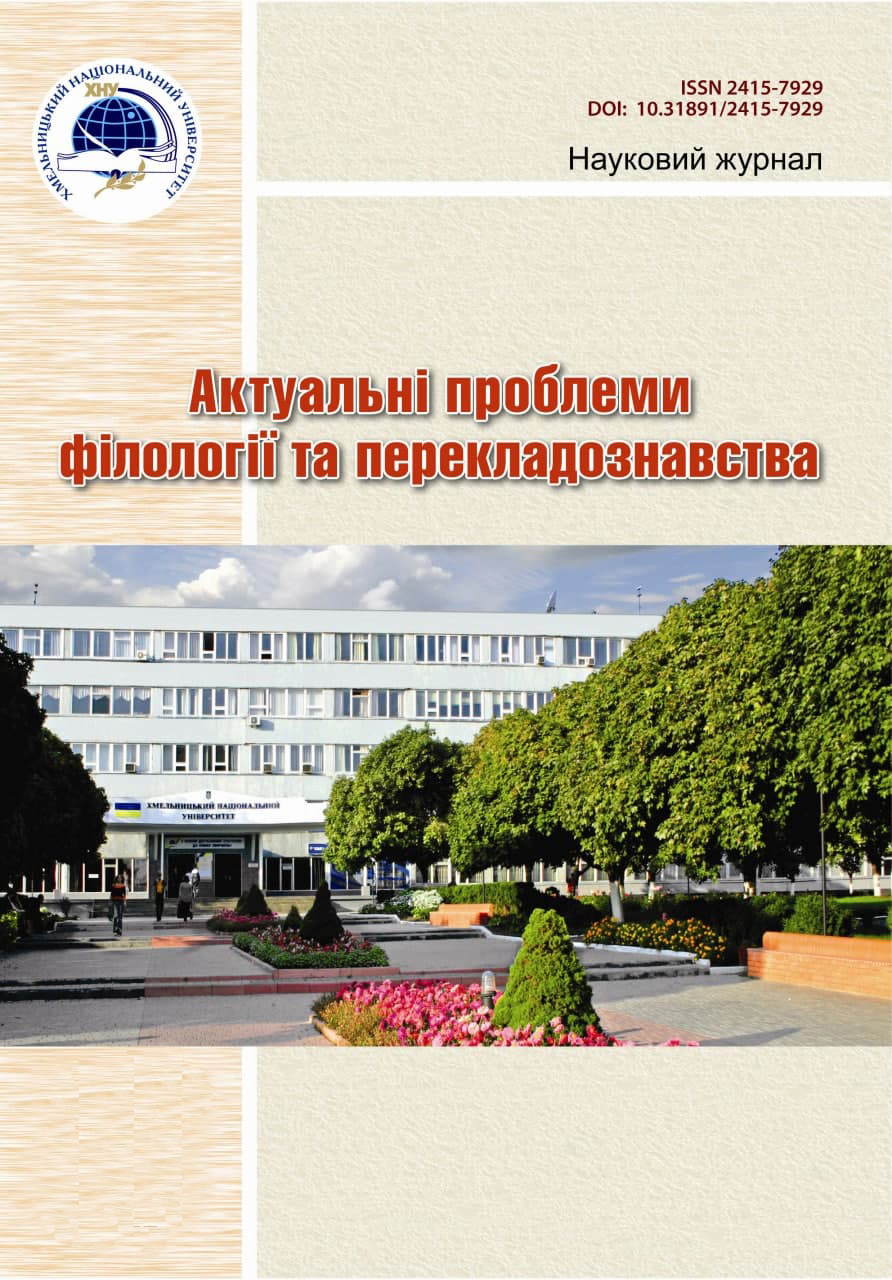A COMPARATIVE ANALYSIS OF ONOMATOPOEIC WORDS IN ENGLISH AND UKRAINIAN: A FUNCTIONAL ASPECT (A CASE STUDY OF CHILDREN'S LITERATURE)
DOI:
https://doi.org/10.31891/2415-7929-2024-30-14Keywords:
onomatopoeia, onomatopoeic words, function, children’s literature, sound, imitationAbstract
The article addresses the problems of the functional characteristics of onomatopoeic words in children’s literature of the English and Ukrainian languages. The author examines children’s poems and passages from fairy tales and short stories containing the language elements under investigation. The study identifies three primary roles of onomatopoeic words in children’s literature from the analysis: cognitive (facilitating language development), aesthetic (generating interest), and expressive (conveying emotional depth). Onomatopoeic words are a crucial part of the language development in children's literature. The words introduce children to a wide range of sounds and associated words, aiding them in the enrichment of their vocabulary. They contribute to the development of the phonemic awareness of the words, which is the ability to distinguish and analyse individual sounds in speech. This is an important skill for future reading education. Onomatopoeic words can capture children’s attention and make the text more engaging and interesting. These words can help create an atmosphere in a story or text by giving the reader a clear idea of the sounds and images that occur within the narrative. They can be a powerful tool for recreating the auditory environment and adding greater realism to the text. They also create vivid mental pictures in the imagination of children. The expressive function of onomatopoeic words lies in their ability to convey intense emotions and add emotional expressiveness to children’s literature. Onomatopoeia describes sounds, actions, and emotions much more vividly and intensively than ordinary words. They can evoke joy, fear, laughter, surprise, and other emotions, helping children empathize with the characters and events. These words encourage active reading, since children can participate in mimicking the sounds and actions described in the text, which can enhance their emotional engagement with the story.
Downloads
Published
Issue
Section
License
Copyright (c) 2024 Наталія ОДАРЧУК, Тетяна МІРОНЧУК (Автор)

This work is licensed under a Creative Commons Attribution-NonCommercial-NoDerivatives 4.0 International License.

